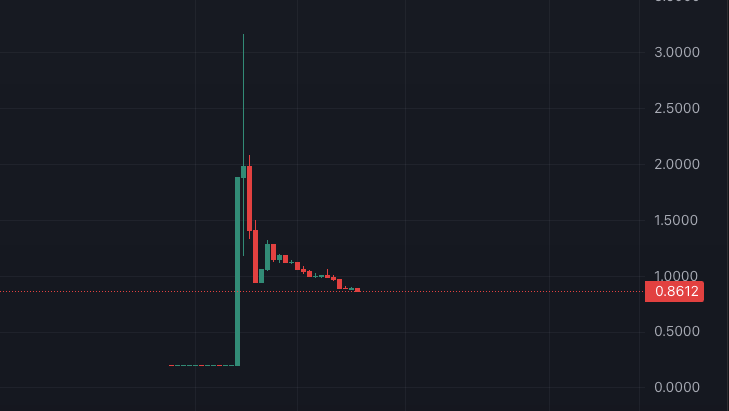
Crypto Facebook Ads Pushing Investment Scams
Another day, another scam. This is just the life of crypto.
Wisconsin woman wanted to surprise her husband with a secret crypto investment for their anniversary. Instead, she lost over $80,000 to a sophisticated scam.
When she excitedly showed her husband, Scott Johansson, the “profits,” his heart sank.
“All I thought was, ‘This is not real,’” he told Fox 6 News Milwaukee.
Sadly, he was right. Police say the money is likely gone for good. This incident is making them part of the growing wave of crypto scam victims across the U.S.
How the Scam Worked
It all started with a Facebook ad promising quick, massive returns. This is actually concerning since Facebook tends to monitor any ads that are crypto related. Here’s exactly what happened:
- She initially invested $30,000 and was shown a fake dashboard that made it look like her money nearly doubled.
- Feeling confident, she invested more. She ended up spending a total of $55,000.
But the dashboard was fake. These scams often mimic real crypto platforms with charts, fake balances, and AI-driven customer service to build trust.
When she tried to withdraw her “$100,000,” she was told she needed to pay $30,000 in “fees and taxes.”
Desperate not to lose the gains she thought were real, she paid it. This would push her total loss to $80,000. At this point, it’s like it becomes an addiction.
Why Crypto Scams Are So Hard to Stop
Crypto scams thrive because of:
- Anonymity: Scammers use untraceable crypto-to-crypto transfers.
- Lack of regulation: Many fake platforms are registered overseas under shell companies.
- Sophisticated tactics: AI chatbots and fake dashboards create a convincing experience.
The Federal Trade Commission (FTC) reported Americans lost $5.7 billion to investment scams in 2024. $1.4 billion of these scams are through crypto alone. “Experts” believe the real number is even higher.
Related: Kidnapped and Forced to Become a Scammer
How to Avoid Crypto Scams
Stay safe by following these steps:
- Be skeptical of social media ads. Flashy investment opportunities on Facebook, TikTok, or Instagram are often traps.
- Verify the broker. Use FINRA’s BrokerCheck or the SEC’s database to confirm legitimacy.
- Never pay fees upfront. Legitimate platforms deduct fees from withdrawals, not before.
- Watch for urgency. Scammers pressure you to act fast which is a huge red flag.
- Get a second opinion. Talk to a financial advisor, friend, or family member before investing large amounts.
Scott Johansson hopes sharing their story will save others:
“If it sounds too good to be true, it’s fake.”
Crypto scams are becoming more sophisticated, but with awareness and caution, you can protect yourself.
👉 If this helped, share it with others who need to know!
👉 Have you or someone you know encountered a crypto scam? Let’s discuss it in the comments!
S Taylor is a crypto trader with five years of experience, having navigated a wide range of market dynamics and witnessed numerous scams firsthand. As a former victim of scams, S Taylor turned their focus to blockchain forensics and Solidity Smart Contract development, gaining deep technical expertise in the field. With a unique insider’s perspective, they’ve been involved in various crypto projects, where they’ve seen how developers can exploit vulnerable investors.
S Taylor is also the published author of Meme Coins Made Easy, a comprehensive guide that teaches beginners about cryptocurrency and how to identify and avoid common scams. S Taylor is dedicated to sharing valuable insights and helping the crypto community stay informed and safe.
Disclaimer: This article is for informational purposes only and should not be considered legal, tax, investment, or financial advice.



